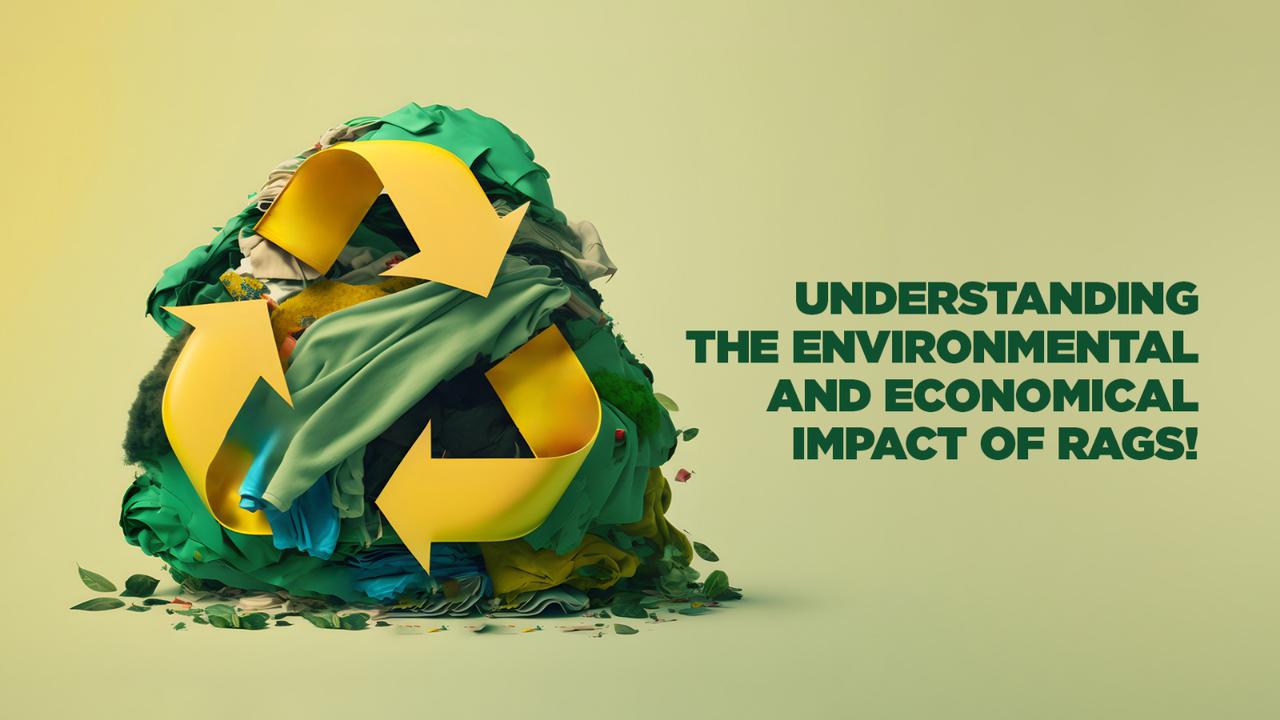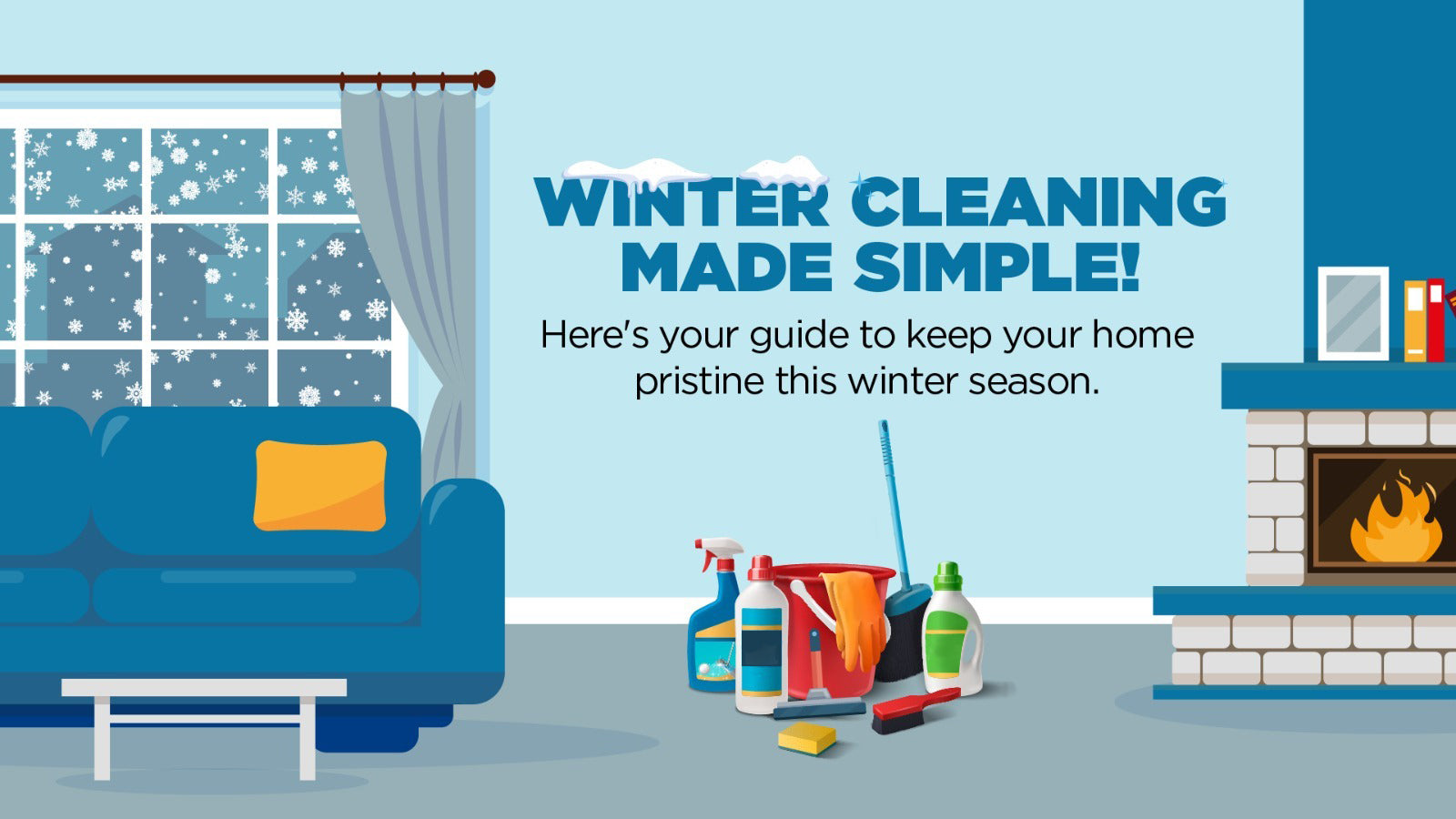
Microfiber for Allergy Relief: Understanding how microfiber cleaning products can help reduce allergens and create a healthier living environment
A healthy life relies on a healthy living space, yet harmful substances in our homes often hinder this ideal. These substances, including harmful detergent chemicals and dust, have adverse effects on our well-being. Indoor air pollution, a direct result of these substances, can be more than 10 times worse than outdoor pollution.
Allergens play a significant role in this issue, leading to various physiological implications. To combat this, it is crucial to incorporate microfiber cleaning products into your cleaning routine, especially those labeled as hypoallergenic.
Ensuring a clean and allergen-free environment is essential because your home should be a place where you can feel comfortable and at peace. The last thing you want is for unhealthy particles to compromise your health and disturb your mental harmony.
So, what are these annoying allergens?
Allergens are substances that trigger an exaggerated immune response when they enter our bodies. This immune response can lead to various physiological troubles, such as difficulty in breathing, watery eyes, nausea, a runny nose, and other symptoms. Common allergens include mites, pollen, animal dander, and more.
Dealing with these tiny, microscopic invaders infiltrating your personal space and disrupting your well-being can be incredibly frustrating, right?
But fret not; we bring you the marvellous microfibers
These microfibers are a powerful blend of polyester and polyamides, combining excellent durability and inertness. This makes them ideal for effectively removing dust from any surface using water and detergents.
Despite their small size, being about 100 times smaller than hair, microfiber cloths or towels can be likened to brushes with numerous tiny bristles. In fact, there are approximately 200,000 fibers per square inch, ensuring thorough cleaning.
How are microfibers helpful in our quest?
Microfiber materials are essential tools in your cleaning endeavors, thanks to their small size. Their remarkable feature is their large surface area, which enables them to effectively trap dust, dirt, pollen, and even microscopic bacteria. These fibers carry a positive charge, attracting negatively charged particles like dust and animal dander, securely holding them in place and aiding in the cleaning process.
Moreover, microfiber materials are non-abrasive, ensuring they won't leave any marks on surfaces, particularly glass windows. They possess excellent water absorption capabilities, allowing for efficient cleaning while reducing water wastage. Additionally, their lint-free nature prevents fibers from shedding easily, ensuring a long service life. In fact, they can withstand up to five hundred washes, making them highly durable.
Benefits of microfibers in Indoor cleaning
- It is so efficient that you don't need strong detergents or harmful chemicals that can aggravate indoor air pollution. Technically, such detergents are accompanied by strong smells, or the remnants can be detrimental to health. By using microfiber products, you eliminate their usage and thus save yourself from its drastic consequences.
- The product itself is a polymer that does not give rise to any harmful leachates and, thus, no risk of contamination.
- Apart from its excellent cleaning features, it is incredibly lightweight that will not strain your neck, back or arms even after prolonged usage, unlike cotton, which gets too soggy and heavy when dipped in water.
- It is exceptionally durable therefore you don't need to buy it often. One towel can last for more than a year.
- You can pre-treat it with mild detergents if you want to. This will not compromise the durability of the product.
- It can hold a lot of water and prevent wastage. In that way, you can save up to 95% of the cleaning water you would have wasted if you had used cotton cleaning towels.
Allergens v/s Microfibers
Microfiber products offer a green cleaning solution by effectively trapping allergens on their surface, preventing their spread. Allergens, although not necessarily harmful themselves, can cause complications such as skin irritation and respiratory issues due to our body's overreaction to their presence.
Unlike strong detergent chemicals that can contain allergens, microfiber cloths do not require the use of such harsh detergents or disinfectants. Microfiber's efficiency in capturing and removing allergens eliminates the need for these chemicals while still providing thorough cleaning results.
How do you clean with a microfiber product?
In a living area, you are primarily concerned about cleaning three places: the floor, various surfaces, and doors and windows.
Floor: A microfiber mop would be the perfect choice for this. These lightweight mops are flat in dimension and have removable heads. Being light makes them easier to wring post-dipping in water, and the removable head helps you to change the microfiber head to eliminate cross-contamination.
Windows and doors: Windows, doors and glasses on the window on panes can be easily cleaned. All you need is a bucket of water, and voila! You are done.
Various surfaces: Kitchen surfaces like stovetops and counters could be easily cleaned with microfibers. Grease, dirt, food particles, you name it! Everything could be taken care of by the microfiber towels. Follow these steps for a sound output:
- Take some water from a small bucket
- Add a few drops of a mild disinfectant, take your microfiber towel, and dip it inside.
- Then wring it dry (as much as possible)
- Fold it into half and then refold it into another half to have eight surfaces.
- Press it against the dirty surface and go out in circles
- Periodically dip it back into the water and wring it dry
- Change the water in the bucket if it gets too dirty.
Post-cleaning maintenance tips
- Clean the microfiber cloth as soon as possible after cleaning with them. Take a bucket of lukewarm water and dip in it and wring it dry and you are done. You can additionally add some detergent if you want. In fact, that would be great!
- It would be best to clean it separately and not with all the other laundry in the washing machine, as the negatively charged fibres will attract all the dirt from other clothes. This will deposit on its surface and interfere with water adsorption when you dip it in water for cleaning.
- Never use fabric softeners that deposit on the surface of the fibres and lower their adsorption power.
- Never bleach the microfiber towel or mop. Bleaching will damage it and lower its service life.
In conclusion, microfiber cleaning products offer a valuable solution for allergy relief and contribute to creating a healthier living environment. With their exceptional ability to trap and remove allergens, such as dust, pollen, and pet dander, microfiber materials significantly reduce the presence of these triggers in our surroundings.
By utilizing microfiber products, we can effectively minimize the risk of allergic reactions and associated complications, such as skin irritation and respiratory issues. Moreover, the use of microfiber eliminates the need for strong detergents or harmful chemicals, promoting a greener and more sustainable approach to cleaning.
Overall, understanding the benefits of microfiber and incorporating it into our cleaning routines can lead to a cleaner, allergen-free space, enhancing our well-being and quality of life.



